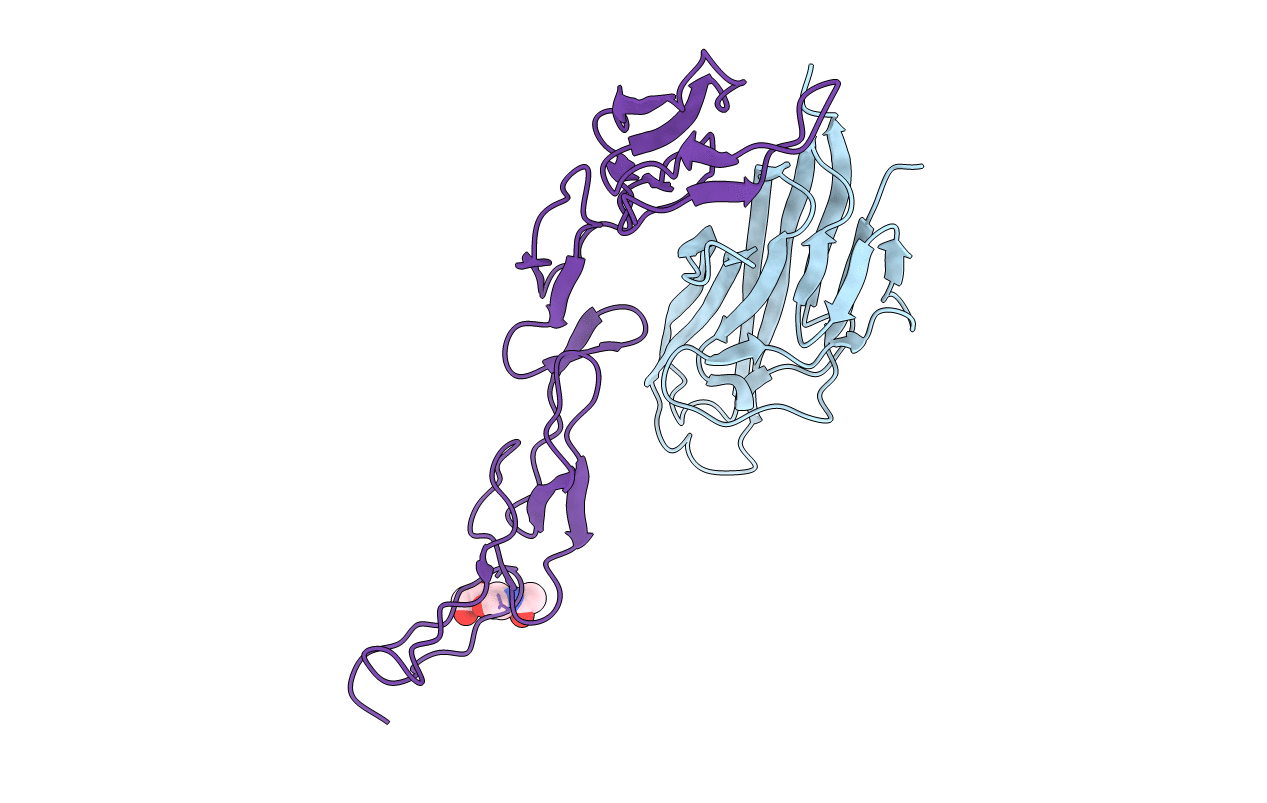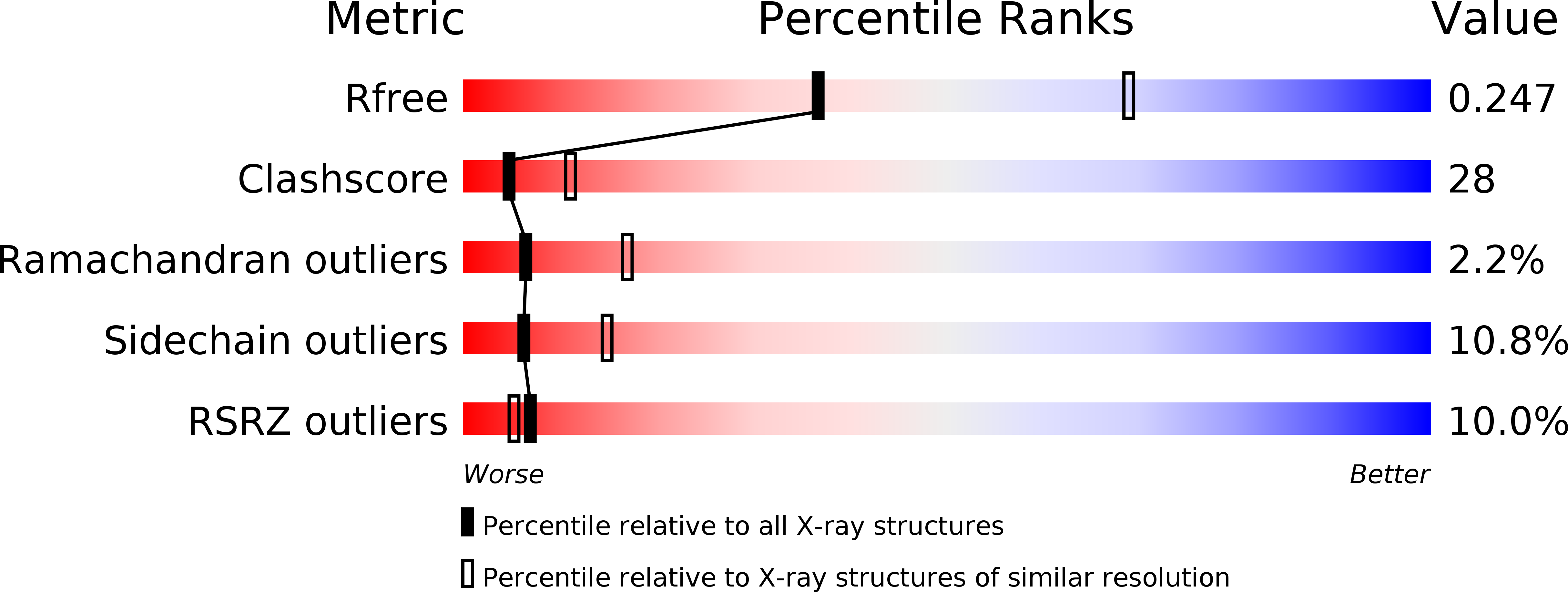
Deposition Date
2011-11-22
Release Date
2012-07-11
Last Version Date
2024-10-30
Method Details:
Experimental Method:
Resolution:
2.70 Å
R-Value Free:
0.25
R-Value Work:
0.20
R-Value Observed:
0.20
Space Group:
P 41 3 2


